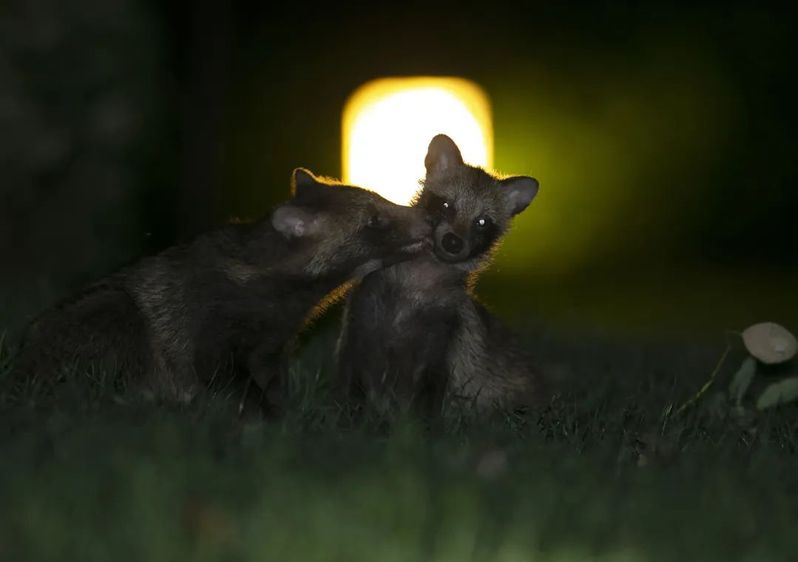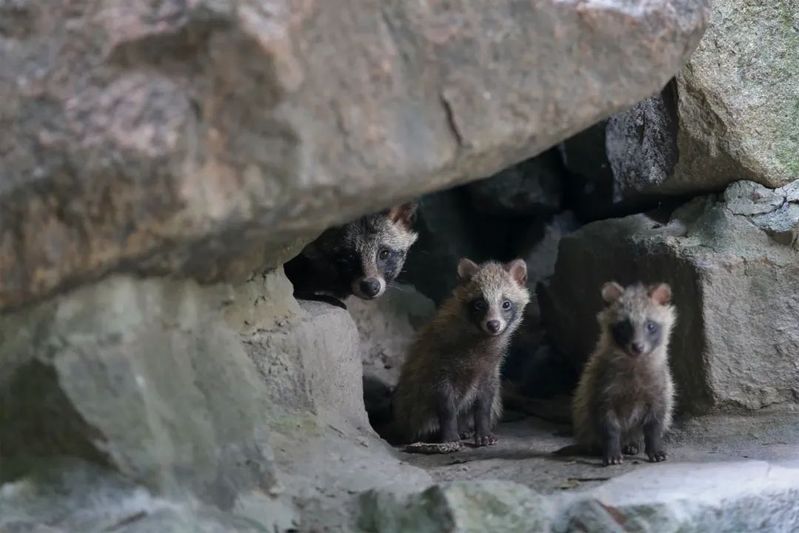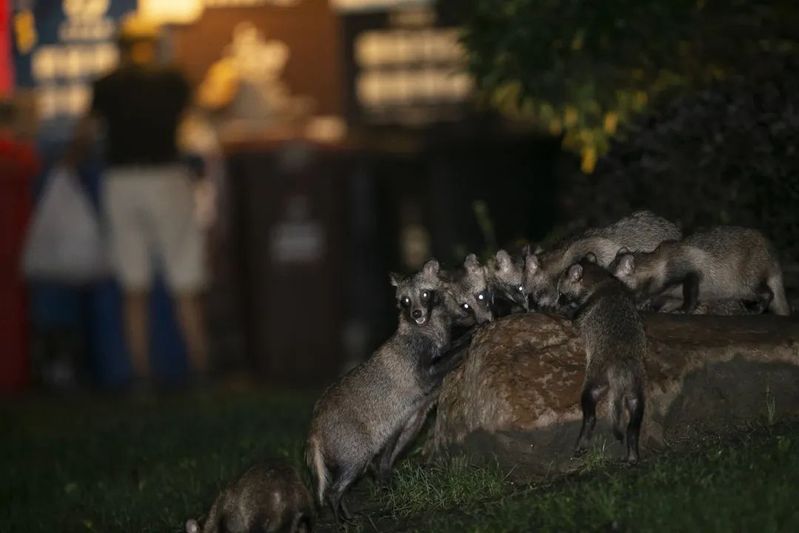
Today (March 3) marks World Wildlife Day. For this World Wildlife Day, Wang Fang, a researcher from Fudan’s School of Life Sciences specialized in conservation biology talked to us about wildlife conservation in China, especially in Shanghai.
Urban wildlife conservation represents a focus in Wang’s research. In most large cities in the world, natural wildlife habitats are deteriorating with the expansion of human settlements. “However, we believe that ultimately with increasing attention to ecology, those habitats will return.” Wang added that many Chinese cities are undoubtedly on the trajectory toward the coexistence between man and nature.
Shanghai has emerged as a beacon of progress in China. Five years ago, the city announced the first group of key wetlands to be protected which cover a total area of 121309.6 hectares. Last June, the city enacted its Wild Animal Protection Law with a total of 37 articles. This has marked a pivotal step towards shaping an urban wildlife management paradigm.

Of all the wildlife, raccoon dog has caught Wang’s attention most since it has been spotted more frequently in Shanghai’s neighborhoods in recent years, partly due to people’s feeding.

Wang Fang (2nd from left) carrying out Racoon Dog Census
Wang’s research team is currently working on a project called “Racoon Dog Census”. Different from what the researchers did previously, in the summer of 2022, they started to ask ordinary Shanghai residents to join them. To Wang’s surprise, they quickly received application from over 300 people, despite the high temperatures exceeding 40 degrees Celsius and the lingering shadow of the COVID-19. “This helped us cut two months of workload for a team of six down to a single day.” Wang smiled gratefully.

He believes the “Racoon Dog Census” embodies the spirit of “citizen science”. By breaking a complex research task into smaller modules, crowdsourcing them and reassembling them back into complete findings, Wang united individuals who were strangers to each other for a common goal: urban wildlife preservation.
The public’s attention to natural preservation is manifested by many other examples.
Back in 2019, Wang and his team participated in Tencent’s “99 Philanthropy Day” event, raising over CNY 170,000 (approx. USD 24,000) in just one week from more than 4,000 people. “I heard a young women in Nanjing kept photographing a puddle of rainwater in a forest near her home for a year to observe urban wildlife. I know an illustrator who published his illustration book about wildlife in Shanghai last year. Many people have gone on to shoot wildlife documentaries. People from all walks of life are participating in events to learn more and spread knowledge about wildlife preservation.”

The theme of World Wildlife Day 2024 is “Connecting People with the Earth: Exploring Digital Innovations in Wildlife Conservation”. Leveraging digital innovations, Wang’s team has been adopting an automated detection system for avian monitoring to differentiate bird calls from the sound of wind and rain, and ambient noise, and identify bird species and their breeding and mating behaviors based on different bird vocalizations.
“I hope that wildlife conservation will gradually shift from a niche concern to a broader and more socially and culturally mainstream movement that everyone’s talking about and taking action on.” Wang said.
(END)
Presented by Fudan University Media Center
Writer: Dong Kaiyan
Editor: Li Yijie, Wang Mengqi
Designer: Ling Yiqi





